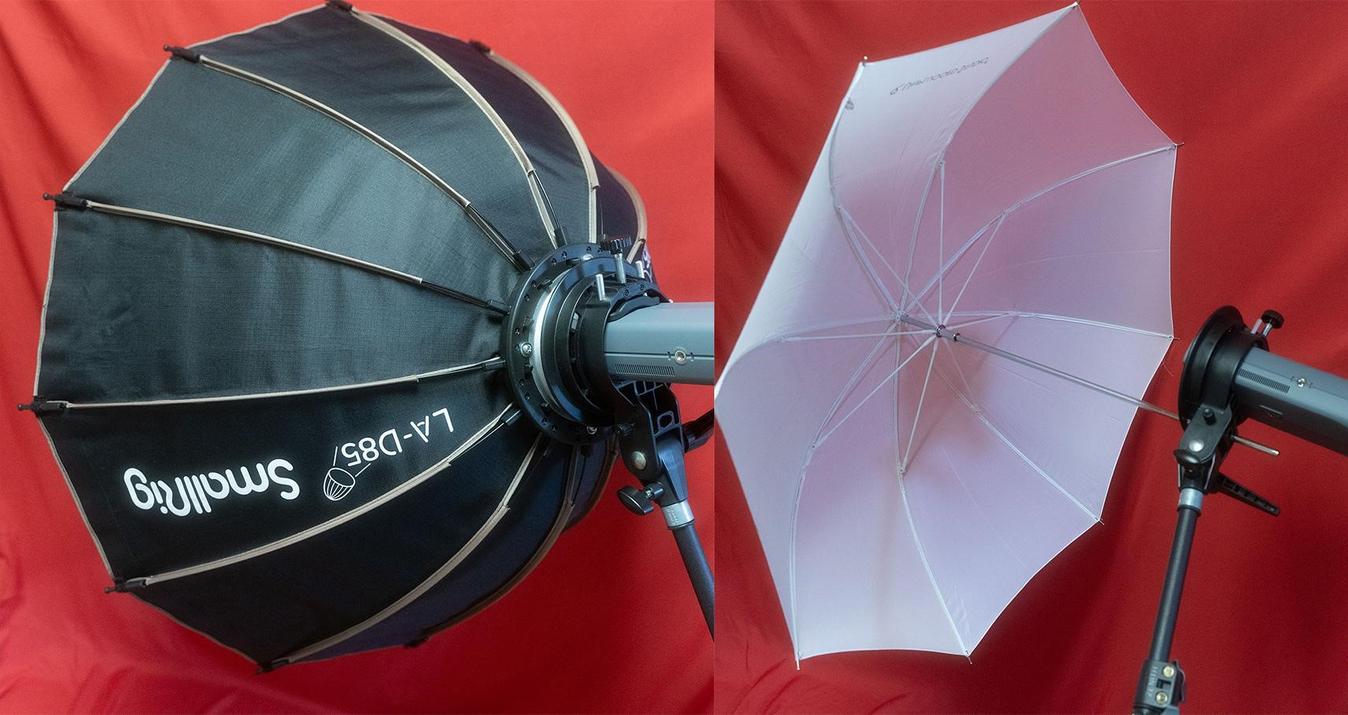Digital Noise & HDR Photography
March 28, 2016

Have you tried to remove noise in your photos after shooting in low light? Here's how we do it.
Noise is nearly unavoidable in digital photography unless you’ve got the absolute perfect lighting conditions and you can use the absolute lowest ISO setting on your camera possible! This is due to the sensor design of digital cameras, and in bad light or high ISO situations, will leave you with grainy or strangely colored dots and patches throughout your whole photograph. Simply put, the higher your ISO, the stronger the presence of noise in your image.
Here are two BEFORE photos:


So how does this apply to HDR images? The very nature of Tone Mapping and HDR tends to amplify existing noise in your image. So if you’ve got a few high ISO brackets, the resulting HDR image is going to be exponentially noisier than your starting points. Using 3 brackets that are 400 ISO each on their own, we'll get pretty clean images.
However, when merged, the darker or noisy areas of the image will start stacking and will “grow” in relative ISO in multiples. It’s confusing, but tone Mapping will often take little bits of grain and stray light, and treat them as fine details. And, since HDR is all about enhancing those details, you get what you get!
Here are two HDR photos with much noise in the sky:


The most important trick here is to reduce your ISO to as low a level as possible. Use a tripod, and try to get as clean a shot as possible. But keep in mind, using long exposures will also generate noise. We’ve got to find that happy medium. Shooting a scene with 3 brackets at 100 ISO will leave you with a much cleaner image than when shot at 400 or higher.
You’ll want to shoot enough brackets at as low an ISO as possible to properly capture every detail in the scene. This means in a lower light or very high contrast situation, you’ll want to shoot more than just 3 exposures. Typically we’ll shoot at least 5 in these situations and we’ll set the EV to +/- 1 step. This means very subtle differences from exposure to exposure, but we’ll have a lot better information in the selection of RAW files for Aurora HDR software to work with.
Watch your blues! Digital camera sensors have a strange quirk about them where they are about 50% less sensitive to Blue Channel light than Red and Green. This means that Blue sections have to be enhanced or amplified to be exposed correctly compared to the reds and greens.
Since blues will often be darker than the other areas of your image, and more dark = the more noise when brightened. This is the reason why your skies tend to be super noisy when you merge and enhance a landscape image with HDR. As mentioned above, it’s super important to expose properly for every step possible to help reduce these noise situations.
Create an HDR image in Aurora HDR Pro:

Create a new layer and select one of presets, here we have a Dramatic preset:

What’s a way to help reduce the amount of noise in our blues and overall? You can use Noise Reduction online before hand. Aurora HDR has a built in, and absolutely incredible denoise tool, but if you’d like to take matters into your own hand first, you can use Noiseless or other Noise Reduction options before you merge your brackets. Just remember to not overdo it and use an app where you can apply your noise reduction in selected areas.
TIP: Use the ZOOM tool when you’re applying noise reduction. Why? Well, noise reduction tools have a tendency to completely smooth out and soften your images. This will pretty much ruin an otherwise incredible photograph and make it look like a cartoon or painting rather than a super cool landscape scene. When you zoom in, you can see precisely how the noise reduction is taking hold of your image and you can adjust accordingly.
One of the great things with Aurora HDR is its ability to use layers and masks. We can apply noise reduction to an entire layer so the area we want looks great, and then paint it in selectively to ensure the rest of our image still looks sharp and fantastic.
Here's how we can adjust noise reduction selectively:



And here we have a smooth and denoised sky and a sharp water and grass:

Remember that while Aurora HDR comes loaded with an absolutely fantastic noise reduction tool called HDR denoise, you can work with the NR tools found in Noiseless to complete your image with much more power and control. Either way, the key to remember for perfect HDR images is to plan ahead and shoot with as low an ISO as possible!

Remove noise with Noiseless.
Get this app with a special discount. →






